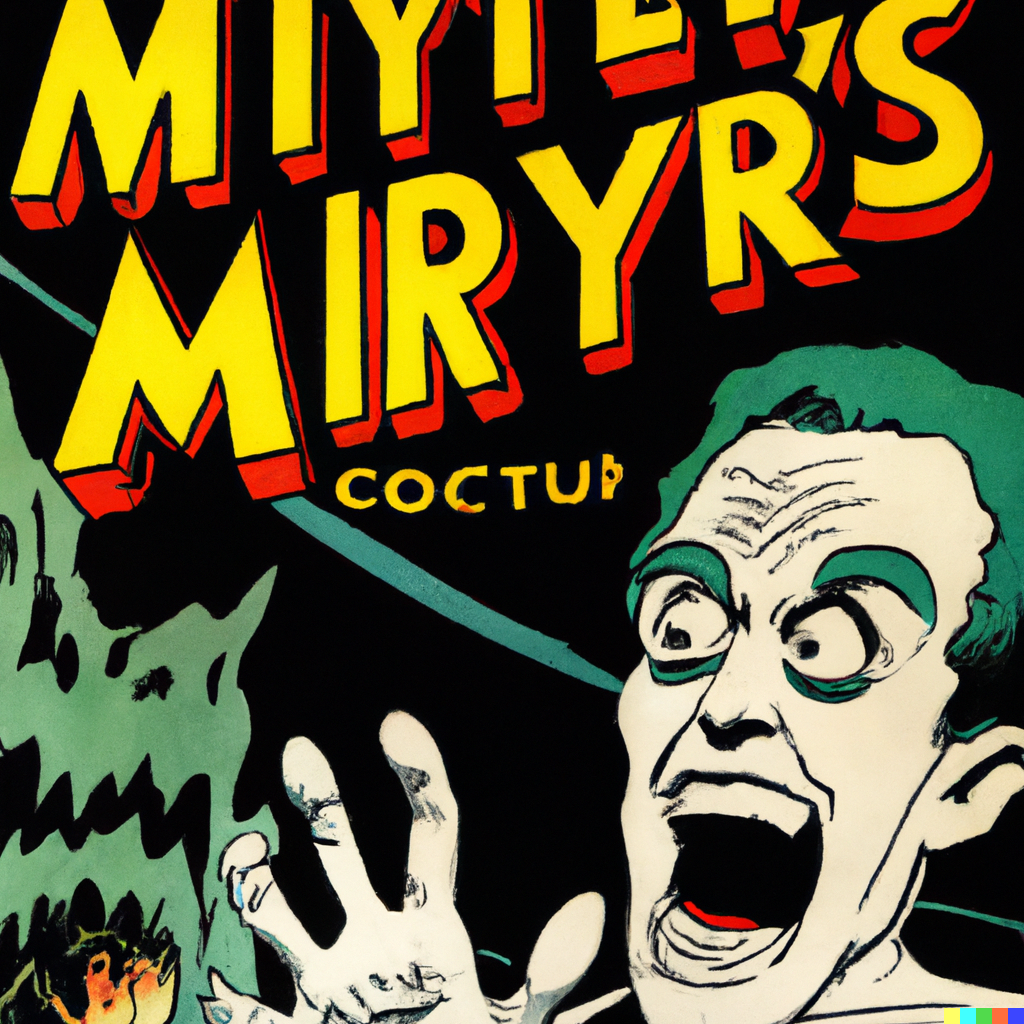Which one(s) and why?
Fedora and I can’t point down a specific reason other than it kinda just works. Their jank, because every distro has some time of “jank”, feel more reasonable than other distros jank.
Arch btw
Removed by mod
Which one(s)
Arch.
why?
- The Arch-Wiki
- I like pacman
- The Arch-Wiki
- I wanted a rolling-release distribution.
- The Arch-Wiki
- It just works. I had only one more serious problem in ~8 years of running Arch
- Did I mention the Arch-Wiki?
Edit:
Having said that, I have an eye on immutable distros. Maybe one day I’ll try one out.
Is Manjaro good if I want in on this Arch goodness but don’t want to spend hours configuring stuff? Coming from Fedora
Endeavour is better for that, after the install you’ll have plain arch but with a bunch of stuff installed and already set up
I haven’t used it personally but I’ve seen a lot of folks bad mouthing Manjaro.
Lots of complaints of instability and it being poorly run project. One of the more objective complaints I’ve read is they have a slower release process so security fixes take longer then Arch.
EndeavourOs makes it super simple too
So does archinstall.
Ubuntu-kubuntu-mint-debian-manjaro-opensuse tumbleweed-Fedora. Been on fedora for a few years, anytime I try something different I come right back. I want to like openSuse but I ways seem to have some weird ass issues with it
I am now at NixOS. I like the reproducibility and immutability of the distro, but the documentation is far from great and configuring the OS you want is not that straightforward. I also don’t like that even though it has a great number of packages, they tend to be slightly outdated.
I am not sure if I will stick with it, but I really like that I can create very specialised configurations that are also portable. I am currently using KDE but I am thinking of switching to Hyprland once I get more comfortable around NixOS and home manager/flakes, as nothing beats tiling managers in my opinion.
Nixpkgs is actually one of the most up to date software repositories. (~90% according to repology)
You may be using a release channel which will only be updated for important security updates.
I think GNU Guix System scratches all my itches:
- Committed to being 100% free software even at the kernel level (I know this is controversial)
- Focus on reproducible builds
- Atomic updates that can be rolled back if something breaks
- A package manager that makes it relatively easy to package software (there are importer commands that can import from language-specific package managers such as pip and cargo) and makes it possible, as a user, to apply transforms to packages (i.e. build with X commit or with Y patch)
- Per-user profiles (in addition to the root profile and the system profile) allowing user to install software without requiring root. Users can even create separate profiles as well as throwaway profiles for running scripts or one-off commands (i.e. a python or bash script can use
guix shellas its interpreter listing all the packages it requires).
Previously I used Ubuntu from 2008 to 2009, Trisquel from 2009 to 2014, and Debian from 2014 to 2019.
Mint unironically. I’ve reached a point where I’ve got a lot of things going on in my life that I don’t have the time and just need something that works and I don’t need to fiddle around with much.
This makes me feel better. I had the entire intention to distro hop around but mint was the first one and it just worked lol
At 1st it was arch, used it for about a year and a half, but dropped it after they broke grub. Then I went to fedora for a while, which I like a lot, however I’m running Gentoo atm
Bodhi Linux (when trying out on a 32 bit laptop) -> Xubuntu (main laptop) -> Linux mint (the distro I’ve used for the longest time, both on main laptop and a desktop got along the way). On the side, I briefly tried Arch first on a wm (as well as Haiku and TempleOS), and later, debian on that 32 bit laptop for earlier. That’s when I first went for a minimal install with i3. Later switched to Arch with i3 on tower, and just yesterday, Debian, also with i3 on main laptop.
My reasoning behind using these two different distros for essentially the same type of setup is that my laptop is more likely to be the only computer I have at my disposal when I urgently need it, so stability is more important, I can’t run the risk of having an update break it. I can be bolder and test more stuff on my desktop knowing I have a backup if mess up. Arch on my desktop is also partly because I use it to play games on Steam, and since SteamOS is based on Arch, I figured it’d have better integration.
GNU Guix
peak hackability while also having binary downloads
Debian. Seemed like the most generic “Linux” there is. Nothing special, nothing weird. Just Linux. Gray, boring, system defaults Linux.
It’s funny cause it started out as one of the most opinionated Linux distros.
still is, and always has been. and that’s not a bad thing.
It helps when your opinions become the gold standard
I’ve only hopped from Ubuntu to Arch. I’m currently messing with debian in a vm.
Staying on Arch because I love pacman+paru
AUR is also amazing
I have to say I dont get the AUR I have been using Debian for the past 20 years and have tried Arch based out on my steam deck and in Distrobox on my sid gaming PC and I just don’t get it.
I hear all these great things about the AUR but when I tried it. It didn’t seem to be that much easier than building a Deb pkg or doing a make install from source. the way I hear people talk about it I figured it was just like installing from a source Repo on Debian.
please note I’m not saying anything bad about Arch I personally love the arch wiki it’s great to even fix things in Debian. I just personally don’t get it. maybe I’m not using it right or distobox does not give me the full experience. Any idea what I’m doing wrong?
For me, AURs main advantage is the huge library of software available. No mess resolving dependencies like when manually building from source and no issues with 3rd party repos breaking each others dependencies like in PPA
yeah I get dependency resolution from apt build-dep in Debian but like what commands do you use to build a package with the AUR. From what I read it’s
search the AUR website git clone tar xf pag.tar makepkg -csi packagename
am I missing something or is there an easier way that I am just not seeing?
i promise I’m not trolling I really want to learn.
Not sure why noone has pointed this out but if you use paru or yay instead of pacman, installing/searching the AUR is the same as if they are in the main repo. It does all the building etc for you.
hmm okay thanks I will check those out maybe that is the missing piece.
so paru is the equivalent to apt-build install
but unlike Debian the Repo is outside the distribution.
i think I’m getting it thank you while I have no interest in leaving debian but this will be fun in distrobox.
To be specific…
Install something from the main repo:
$ paru -S packageInstall something from the AUR:
$ paru -S packageTo search for a package, in the main repo or the AUR:
$ paru -Ss search-termWith the search results, it clearly labels if something is from the AUR or extras or the main repo, and you can make it show AUR results first or last in the config.
https://github.com/Morganamilo/paru
I don’t actually use pacman directly at all, I use paru for everything and it’s seamless.
Pop!_OS. I previously got stuck on tiling window managers, but I found that they have prohibitively large amounts of setup involved. It’s also not uncommon for support applications to be poorly maintained or to have a poor UX. Pop!_OS’s desktop gathers everything together very nicely into a working shell with minimal setup, but still has that sweet, sweet tiling WM.
This kind of setup works best for me, a desktop environment with a tiling window manager on the top, that way I can use it like a normal desktop for most things and can hop back and forth between apps I use a lot all on the home row with the window manager.
Arch linux. Minimal install, hyprland. $ROOTSYS* set to ro, ~/.cache and ~/Downloads to tmpfs. alsa, bemenu, wine-staging, lutris. Couldn’t be happier.
What does setting fstab do there?
Eh, did a little “oopsie” there, my bad.
Well what does setting it to ro do?











